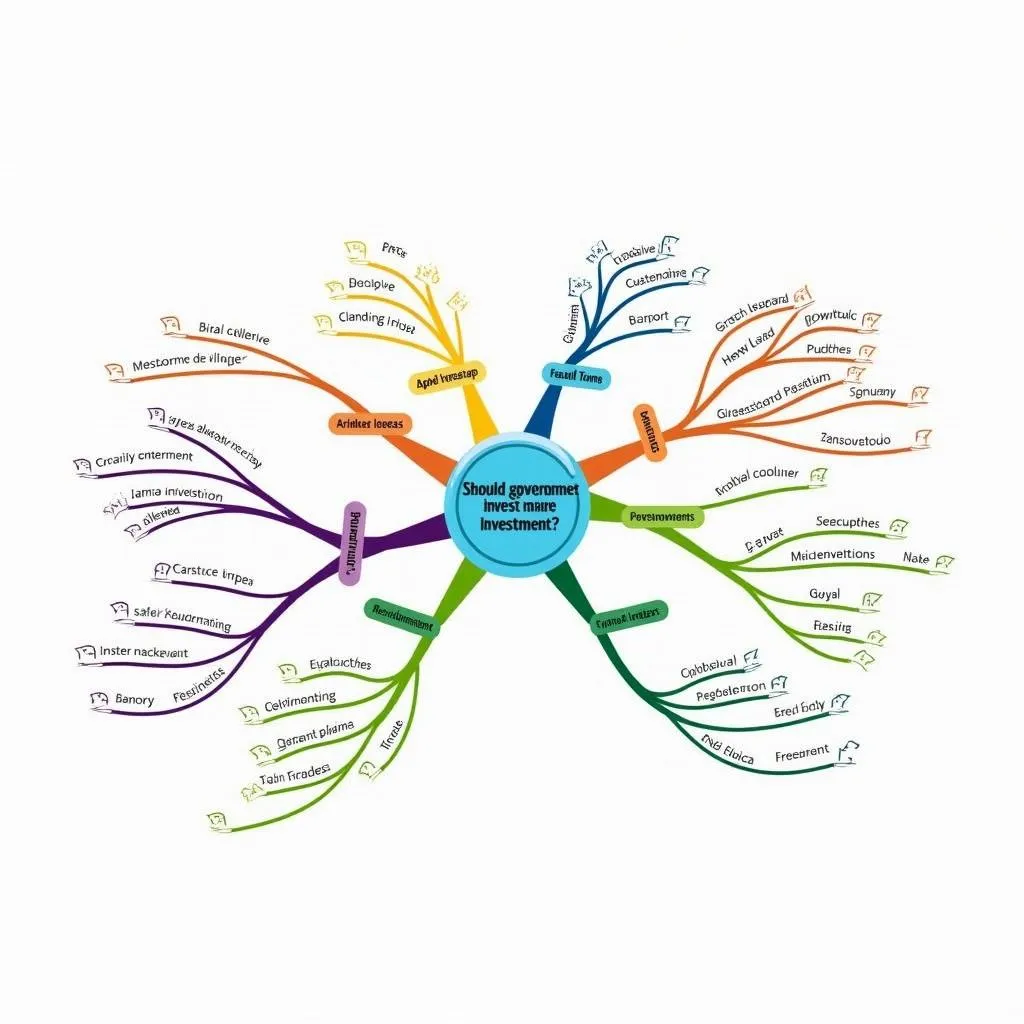Understanding the Importance of Brainstorming for IELTS Writing Task 2
Brainstorming is a crucial step in preparing for IELTS Writing Task 2. It helps candidates generate relevant ideas, organize their thoughts, and develop a well-structured essay. Effective brainstorming can significantly improve your writing score by ensuring you have enough content to fully address the task prompt.
Table Of Contents
- Understanding the Importance of Brainstorming for IELTS Writing Task 2
- Why Brainstorming Matters
- Effective Brainstorming Techniques for IELTS Writing Task 2
- 1. Mind Mapping
- 2. The 5W1H Method
- 3. Listing Pros and Cons
- 4. SWOT Analysis
- Practical Tips for Effective Brainstorming in IELTS Writing Task 2
- Common Pitfalls to Avoid When Brainstorming for IELTS Writing Task 2
- Next Steps After Brainstorming
Why Brainstorming Matters
- Time management: Proper brainstorming saves time during the actual writing process.
- Idea generation: It helps you come up with diverse and relevant points to support your argument.
- Essay structure: Brainstorming aids in organizing your thoughts logically.
- Confidence boost: Having a clear plan reduces stress and increases confidence during the exam.
Effective Brainstorming Techniques for IELTS Writing Task 2
1. Mind Mapping
Mind mapping is a visual brainstorming technique that helps you connect ideas and see relationships between different concepts.
How to create a mind map:
- Write the main topic in the center of a blank page.
- Draw branches from the central topic, each representing a main idea.
- Add sub-branches to elaborate on each main idea.
- Use colors, symbols, or images to enhance visual appeal and memorability.
Example:
For the topic “Should governments invest more in space exploration?”:
- Center: Space exploration investment
- Main branches: Pros, Cons, Economic impact, Scientific advancements, etc.

2. The 5W1H Method
This method involves asking Who, What, Where, When, Why, and How questions related to the topic.
Example for the topic “The advantages and disadvantages of working from home”:
- Who: Employees, employers, freelancers
- What: Remote work, telecommuting
- Where: Home office, co-working spaces
- When: During regular work hours, flexible schedules
- Why: Increased productivity, work-life balance, reduced commuting
- How: Using technology, setting up a home office
3. Listing Pros and Cons
This straightforward technique is particularly useful for opinion or argument essays.
Steps:
- Draw a line down the middle of your page.
- List advantages on one side and disadvantages on the other.
- Aim for at least 3-4 points on each side.
Example for “The impact of social media on society”:
Pros:
- Increased connectivity
- Access to information
- Platform for self-expression
Cons:
- Privacy concerns
- Addiction and mental health issues
- Spread of misinformation
4. SWOT Analysis
SWOT (Strengths, Weaknesses, Opportunities, Threats) analysis is an effective tool for evaluating complex topics from multiple angles.
How to use SWOT for IELTS Writing Task 2:
- Draw a 2×2 grid on your paper.
- Label each quadrant with S, W, O, and T.
- Fill in each section with relevant points.
Example for “The effects of globalization on local cultures”:
Strengths:
- Cultural exchange
- Economic opportunities
Weaknesses:
- Loss of traditional practices
- Homogenization of cultures
Opportunities:
- Preservation of heritage through global platforms
- Increased tourism
Threats:
- Dominance of Western culture
- Erosion of local languages
Practical Tips for Effective Brainstorming in IELTS Writing Task 2
- Time management: Allocate 3-5 minutes for brainstorming.
- Stay focused: Keep your ideas relevant to the task prompt.
- Use abbreviations: Save time by using shorthand or symbols.
- Be open-minded: Consider multiple perspectives on the topic.
- Practice regularly: Develop your brainstorming skills through consistent practice.
Common Pitfalls to Avoid When Brainstorming for IELTS Writing Task 2
- Spending too much time: Don’t get caught up in perfecting your brainstorming map or list.
- Ignoring the task prompt: Ensure all your ideas directly address the question.
- Generating irrelevant ideas: Stay on topic and avoid tangential thoughts.
- Focusing on only one side: For balanced essays, consider multiple perspectives.
- Neglecting examples: Include specific examples to support your main points.
Next Steps After Brainstorming
Once you’ve completed your brainstorming session:
- Identify your strongest ideas: Choose 2-3 main points to develop in your essay.
- Organize your thoughts: Decide on the order in which you’ll present your ideas.
- Plan your paragraphs: Briefly outline the content of each paragraph.
- Start writing: Begin with your introduction, using your brainstormed ideas as a guide.
Remember, effective brainstorming is a skill that improves with practice. Incorporate these techniques into your IELTS Writing Task 2 preparation routine to enhance your performance and boost your confidence on exam day.
[internal_links]
By mastering these brainstorming strategies, you’ll be well-equipped to tackle any IELTS Writing Task 2 prompt with confidence and clarity. Keep practicing these techniques, and you’ll see improvement in both your idea generation and overall essay quality.